As we have reported, the Landmarks Preservation Commission is in the process of dealing with the backlog of 95 items that have been on its calendar since before 2010, some for decades. That process took a big step forward Tuesday, with 30 sites remaining on the calendar as priorities for designation vote by the end of 2016. Five sites were removed from the calendar for lack of merit.
The remainder of the sites, including two proposed historic districts, were removed from the calendar without prejudice, meaning they can again be considered for designation in the future.
In Manhattan, there are 12 sites moving forward. Perhaps the grandest of them is the former IRT Powerhouse at 850 Twelfth Avenue, principally fronted on Eleventh Avenue between West 58th and 59th streets. Designed by McKim, Mead & White’s Stanford White and built in 1904, it powered Interborough Rapid Transit – the city’s first subway system. Currently, it powers Con Edison’s steam operations. There was wide support for its designation at a public hearing in November. Its designation might be the first for an active power plant in the United States. The first designation hearing for this item was in 1979.
Speaking of power, the former Excelsior Power Company Building at 33-43 Gold Street nearly didn’t make the cut. Initially, it was on the list of items to be removed from the calendar for not being a priority, but after some prodding from Commissioners Michael Goldblum and Adi Shamir-Baron, it was moved to the priority list. Goldblum insisted that it could be restored despite being, as the commission staff put it, “extensively altered.” Shamir-Baron said the alterations don’t negate its worthiness in this case. The building is listed as having been constructed between 1840 and 1888, with its first designation hearing having been held in 1977.
The Federal style wood-framed house at 57 Sullivan Street also made the cut. It dates back to 1816 or 1817 and its first designation hearing was in 1970.
Another house in Manhattan joins it. 412 East 85th Street is one of the last remaining Civil War era houses of its type still on the Upper East Side. It was built before 1861 and has been on the calendar since 1966.
Bergdorf Goodman, at 754 Fifth Avenue, also made the cut. There was much community support for this designation, though the company, not surprisingly, objected. The building was designed by Buchanan & Kahn, built between 1927 and 1928, and had its first designation hearing in 1970.
315 Broadway in TriBeCa was built around 1861 and has been on the calendar since 1989.
The Edgar J. Kaufman Conference Rooms, lecture hall, and elevator lobby at 809 United Nations Plaza is unusual, though not unheard of, because it would be an interior landmark in an undesignated building. Since it is somewhat rare, Commissioner Frederick Bland wondered how it would actually be protected. LPC General Counsel Mark Silberman explained that while the building around it could be modified or even partially demolished, it couldn’t be torn down without LPC approval. The rooms, designed by Alvar Aalto and Elissa Aalto date to 1964-1965 and were first considered by the commission in 2001.
Three Manhattan churches will continue on the path to designation. St. Michael’s Episcopal Church, Parish House, & Rectory at 227 West 99th Street was designed by Robert W. Gibson and built between 1890 and 1897. Its first LPC hearing was in 1980.
St. Joseph’s Church at 401-403 West 125th Street was designed by the Herter Brothers and built in 1889. Its first hearing was in 1966, one year after the landmarks law was signed.
St. Paul’s Church and School at 121 East 117th Street, designed by Neville & Bagge and built in 1906, has also been on the calendar since 1966, but only the church itself will be moving forward. The school was removed from the calendar without prejudice.
Staying slightly on the subject of religion, the Harlem YMCA building at 181 West 135th Street will be going ahead. Deisgned by John Jackson and built in 1918, it was the area’s first YMCA and has been on the calendar since 1991.
Finally, the former Loew’s 175th Street Theater at 4140 Broadway in Washington Heights, will head for designation. Designed by Thomas W. Lamb as one of the five Wonder Theaters, it was built between 1928 and 1929. It was Rev. Ike’s church and now serves as the United Palace – both a church and a performance venue. It has been on the calendar since 1970.
In the Bronx, two items will be going forward. The first is the Immaculate Conception, Church of the Blessed Virgin Mary at 375-395 East 150th Street. While the church, convent, and priests’ residence were proposed for designation, only the church itself is recommended for designation. The convent and priests’ residence can be reconsidered in the future. The property was designed by Henry Bruns and built in 1887. It has been on the calendar since 1980.
The other Bronx site that made the cut is the house at 65 Schofield Street on City Island, an Italianate style farmhouse built in 1860. It has been on the calendar since 2010.
In Brooklyn, six sites made the cut. The first is 183-195 Broadway. It was designed by William Ditmars and constructed in 1882 on what was then the main drag in the independent municipality of Williamsburg, which had yet to be annexed by the city of Brooklyn. Its first hearing was in 1980.
The former Williamsburg Trust Company Building, now the Ukrainian Church in Exile Holy Trinity Cathedral, is located at 177 South 5th Street. It was built in 1906 and has been on the calendar since 1966.
St. Barbara’s Roman Catholic Church at 138 Bleecker Street (yes Brooklyn has a Bleecker Street, too) is among many churches claiming dire financial circumstances that they say would make being a landmark quite a burden. Commissioner Michael Devonshire said he would allow for substitute materials to be used instead of replacements in-kind when it comes to repairs in this case. Not all LPC-approved restorations use in-kind materials, but it’s usually preferred. The church was built between 1907 and 1910 and has been on the calendar since 1980.
St. Augustine’s Roman Catholic Church and Rectory at 49 Sterling Place was built in 1888 and has been on the calendar since 1966.
Green-Wood Cemetery had been proposed for wholesale designation, but that just isn’t feasible, given the number of family-owned structures on the 478-acre property. Some individual structures on the property are already landmarks and the recommendation is to designate the chapel, caretaker’s residence, and visitors cottage. The cemetery has been on the calendar since 1981.
The final Brooklyn item going forward is the Lady Moody-Van Sicklen House at 27 Gravesend Neck Road. The Dutch-American farmhouse dates back to the 18th century and has been on the calendar since 1966.
Three sites in Queens will be going forward. Perhaps the most controversial among them is actually one of the most beloved. It’s the Pepsi-Cola Sign at 4600 Fifth Street in Long Island City. It was originally built in 1936 and sat atop Pepsi’s building. That building was demolished and the sign now sits in Gantry State Park. What’s controversial? The LPC can’t regulate the content of the sign and there are already private (and legally binding) agreements governing it. Those agreements could be changed in the future, even allowing, as Commissioner Goldblum posited, a Budweiser sign. But since the LPC can’t regulate it, Commissioner John Gustafsson asked “Why waste our resources?” LPC Chair Meenakshi Srinivasan admitted it would be an “honorific” designation, but could prevent demolition. The first hearing was held in 1988.
The Bowne Street Community Church at 38-01 Bowne Street was designed by Edward Richardson and built between 1891 and 1892. It has been on the calendar since 2003.
The Lydia Ann Bell and William Ahles House at 39-26 213th Street was built in 1873 and has been on the calendar since 2009.
On Staten Island, seven properties are going forward. Commissioner Gustafsson, who represents the often forgotten borough on the commission, said that many buildings there would already be landmarks if they were located elsewhere. It’s his “fervent hope” that things will change.
The Greek Revival house at 92 Harrison Street was built around 1853. The commission staff said it has a “high level of integrity.” It has been on the calendar since 1980.
The George W. Curtis House at 234 Bard Avenue dates back to 1859 and has connections to the abolition movement. It has been on the calendar since 1966.
St. John’s Protestant Episcopal Rectory at 1331 Bay Street was built between the 1860s and 1870s and is attributed to Arthur Gilman. It has also been on the calendar since 1966.
The Lakeman House at 2286 Richmond Road was initially recommended for removal without prejudice, but given that it might date back as far as 1683, several commissioners thought it was deserving of prioritization. It, too, has been on the calendar since 1966.
The Vanderbilt Mausoleum and Cemetery at Moravian Cemetery is attributed to both architect Richard Morris and Central Park co-designer Frederick Law Olmstead, dating to between 1881 and 1889. It has been on the calendar since 1980.
Brougham Cottage at 4746 Amboy Road was built in the early 18th century and has been on the calendar since 2000.
The Prince’s Bay Lighthouse and Keeper’s House will go forward, though with a more narrow geography than the full lot initially proposed. Built in 1864, it has been on the calendar since 1966.
Of the items removed for lack of merit, four of them are on Staten Island.
Commission staff said the Sunny Brae House at 27 Colonial Court, built in the mid-19th century, was “virtually unrecognizable.” It had been on the calendar since 1966.
The Crocheron House at 47 Travis Avenue was removed from the calendar because it no longer exists, having been demolished in 1975. It had been on the calendar since 1966.
The Fountain Family Graveyard, also known as the First Baptist Church of Staten Island Graveyard, at Richmond and Clove roads was removed from the calendar because the wrong lot had been proposed for designation. The correct lot has since been developed. The item sat on the calendar since 1966.
The Dorothy Day Historic Site at 457 Poillon Avenue was also removed because the proposed structures were demolished. Commissioner Adi Shamir-Baron proposed making it a scenic landmark to honor Day, but counsel Mark Silberman informed her that scenic landmarks must be owned by the city. Commissioner Diana Chapin still hopes the site will get historic recognition, but said landmarking wasn’t the right way. It had been on the calendar since 2001.
The fifth item removed from the calendar for lack of merit came from the Bronx. The Samuel D. Babcock House at 5525 Independence Avenue was determined by commission staff to be “far too altered to merit designation.” The house dates to 1850 and had sat on the calendar since 1970.
As for the items removed from the calendar with no action, or without prejudice, meaning they at least could conceivably be re-considered, they are from all five boroughs. We won’t list them all here, but will give you some of them.
The former Hotel Renaissance, which later became the Columbia Club, at 4 West 43rd Street didn’t make the cut, which was “slightly agonizing” to Commissioner Frederick Bland.
The Osborne Apartment Building lobby, at 205 West 57th Street, didn’t make the cut because it was ruled ineligible for designation as an interior landmark. Why? Because it is not considered a public space. Those who access it must live there or be invited by residents, unlike places like bank lobbies.
Union Square Park didn’t make the cut in part because it doesn’t look anything like it did when it was created.
A whole row of theaters – and some of their interiors – along West 42nd Street didn’t make it because agreements entered into by New 42nd St. already govern their upkeep.
The President Chester A. Arthur House at 123 Lexington Avenue didn’t make it because the commission staff said it does not resemble its appearance at the time of its historical significance. When the commission designated the Stonewall Inn in the West Village, there was an idea to focus more on cultural landmarks that might not be aesthetically interesting or appealing. We’ll hopefully see how that comes into play with other sites, but apparently not here.

The Chester A. Arthur House at 123 Lexington Avenue (third from right), one of the items on the LPC backlog.
The D.G. Yuengling Brewery Co. complex in Harlem was determined to have “unsympathetic alterations” to “nearly every building.” Just last week, developer Janus Property filed plans for new work on at the site.
In Brooklyn, the fact that the Coney Island Pumping Station at 2301 Neptune Avenue didn’t make the cut was somewhat surprising. So, too, was one the reasons given – that being the fact that it is being overseen by the New York City Economic Development Corporation (NYCEDC). The fact that it is already city property would seem to make designation easy. Don’t count this one out, though, as the LPC tells YIMBY it is working with city agencies and exploring possibilities for the building’s reuse which could lead to potential designation.
The same goes for the proposed Sailors’ Snug Harbor Historic District on Staten Island. Several of the proposed district’s buildings are already individual landmarks and the city’s Public Design Commission oversees the city-owned site.
On the subject of historic districts, the proposed Douglaston Historic District Extension in Queens, which would cover about 35 buildings, didn’t make the cut. The majority of homeowners were against it. Commissioner Michael Devonshire seemed somewhat surprised by their continuing opposition. “What have we done wrong?” he asked.
What’s the next step in this process? Several of the prioritized items will be brought before the commission’s scheduled public meeting on April 12. It has yet to be determined which items will be on the agenda for that day, but those that aren’t will go back before the commission before the end of 2016.
Subscribe to YIMBY’s daily e-mail
Follow YIMBYgram for real-time photo updates
Like YIMBY on Facebook
Follow YIMBY’s Twitter for the latest in YIMBYnews


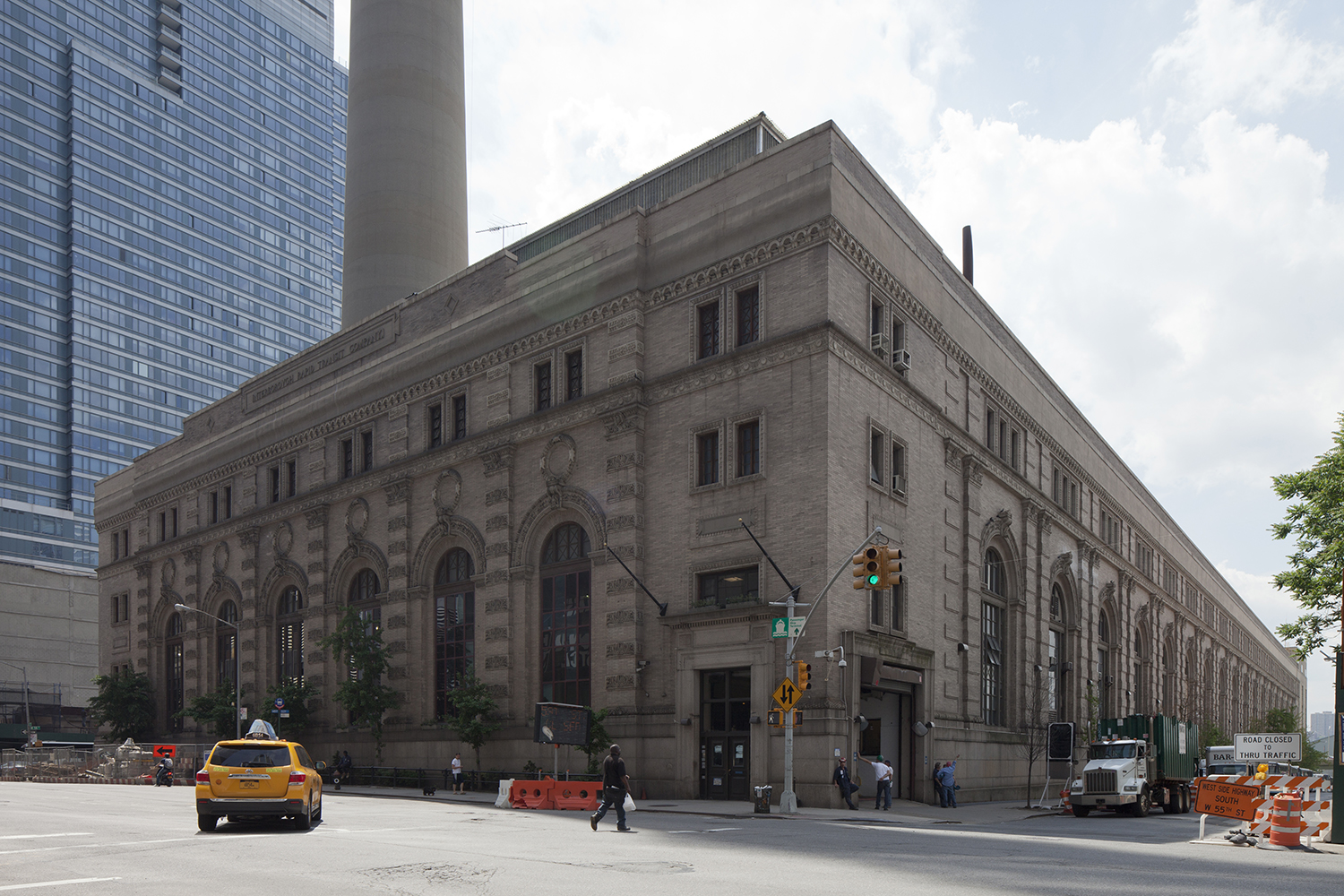

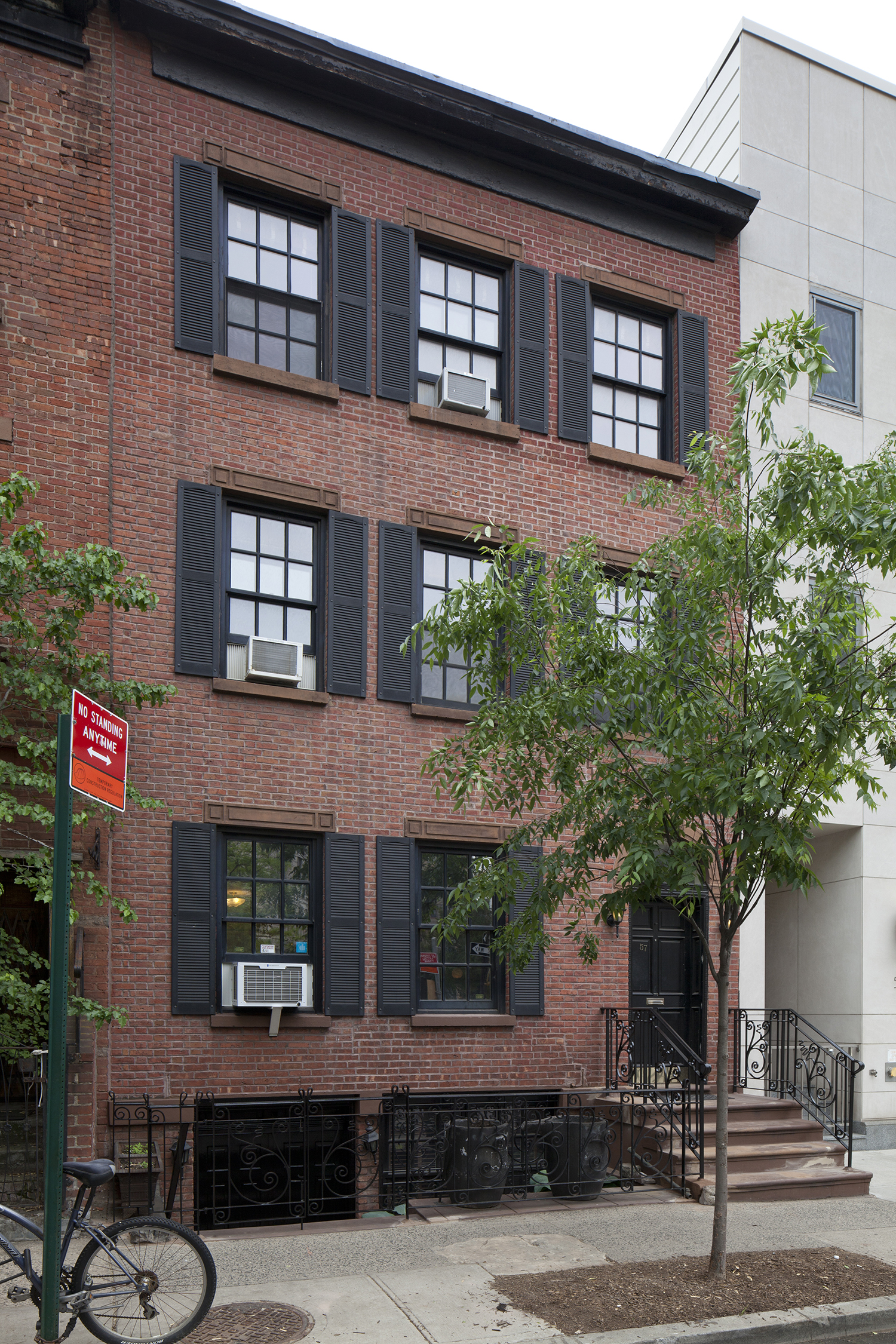


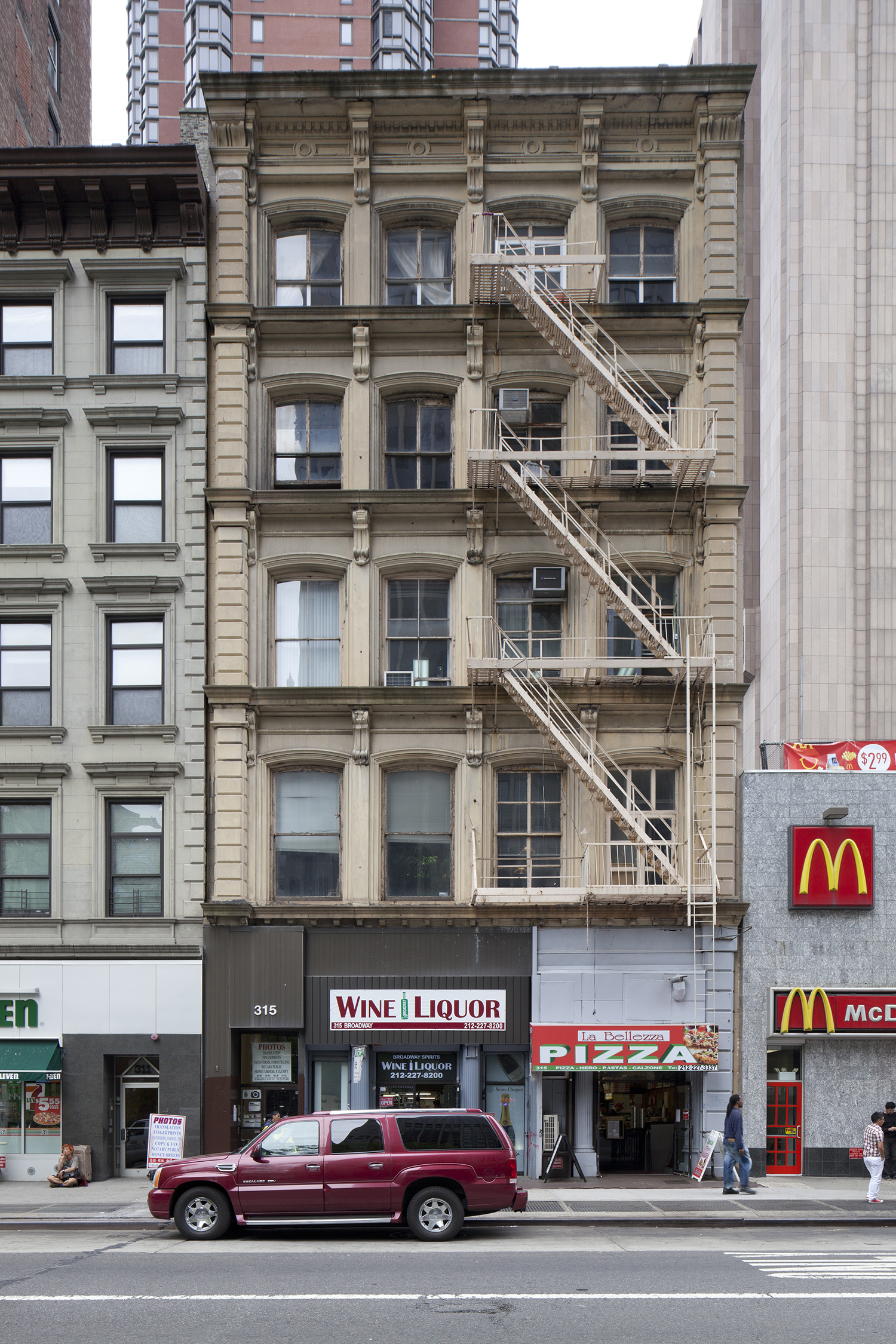

















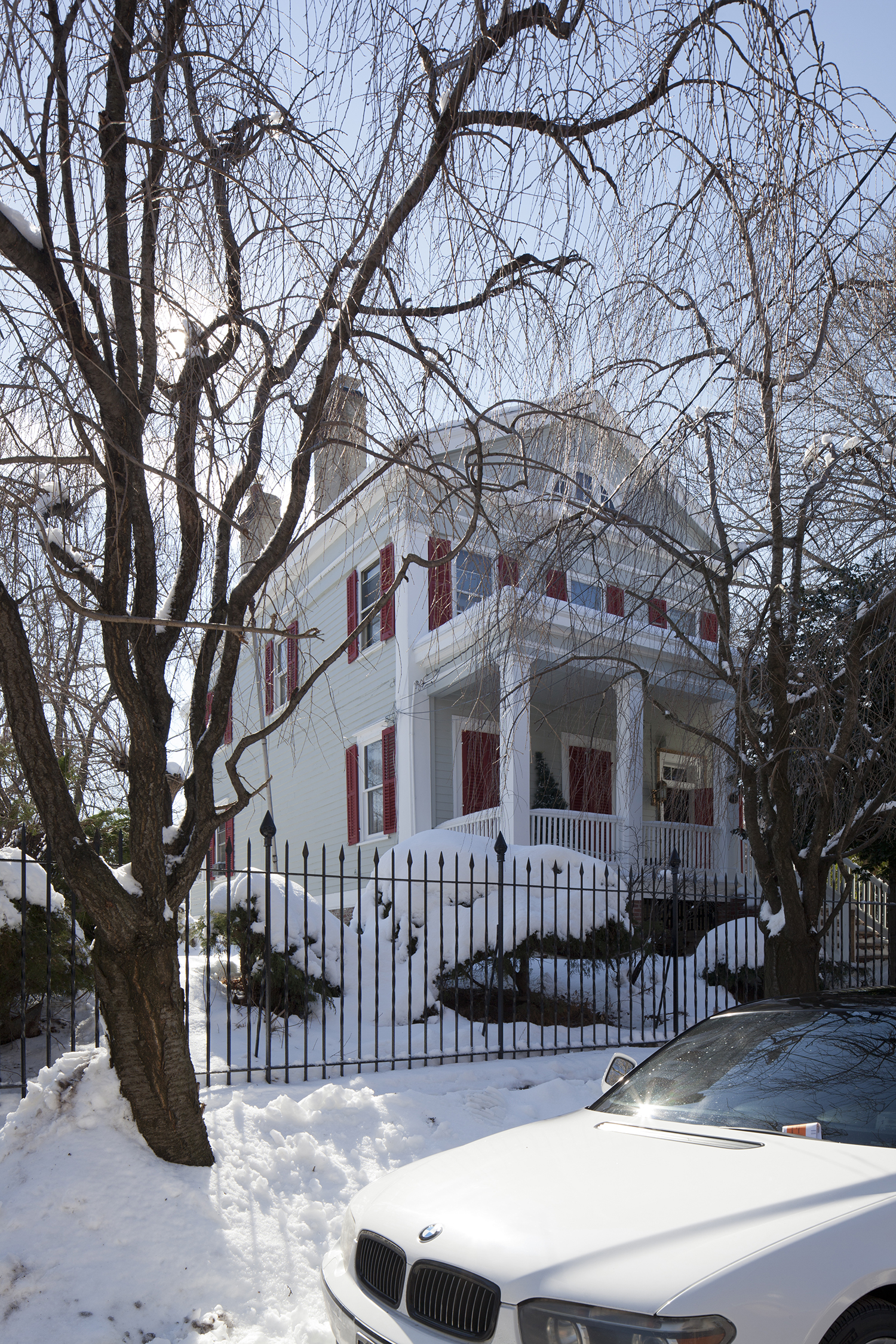





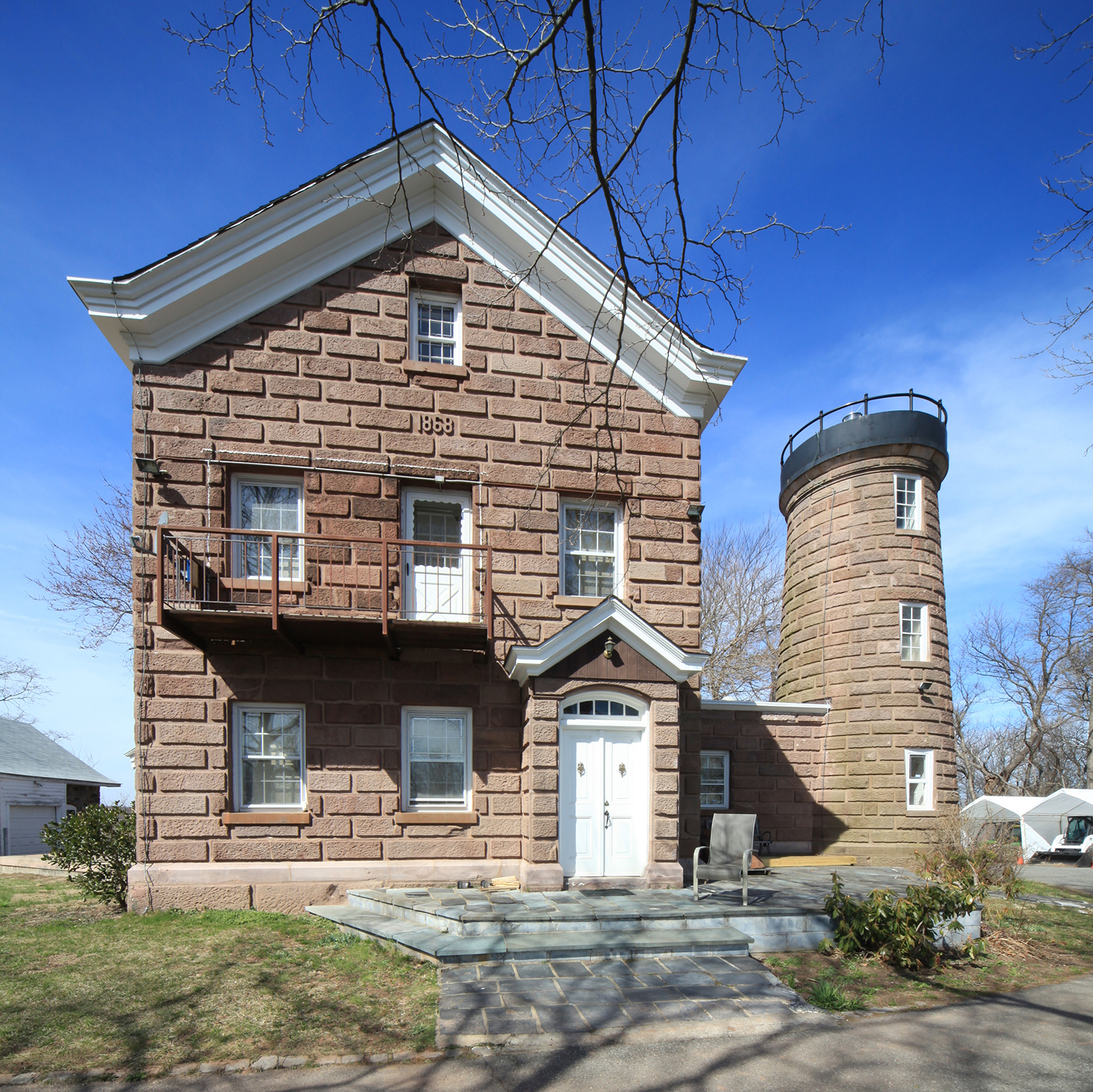


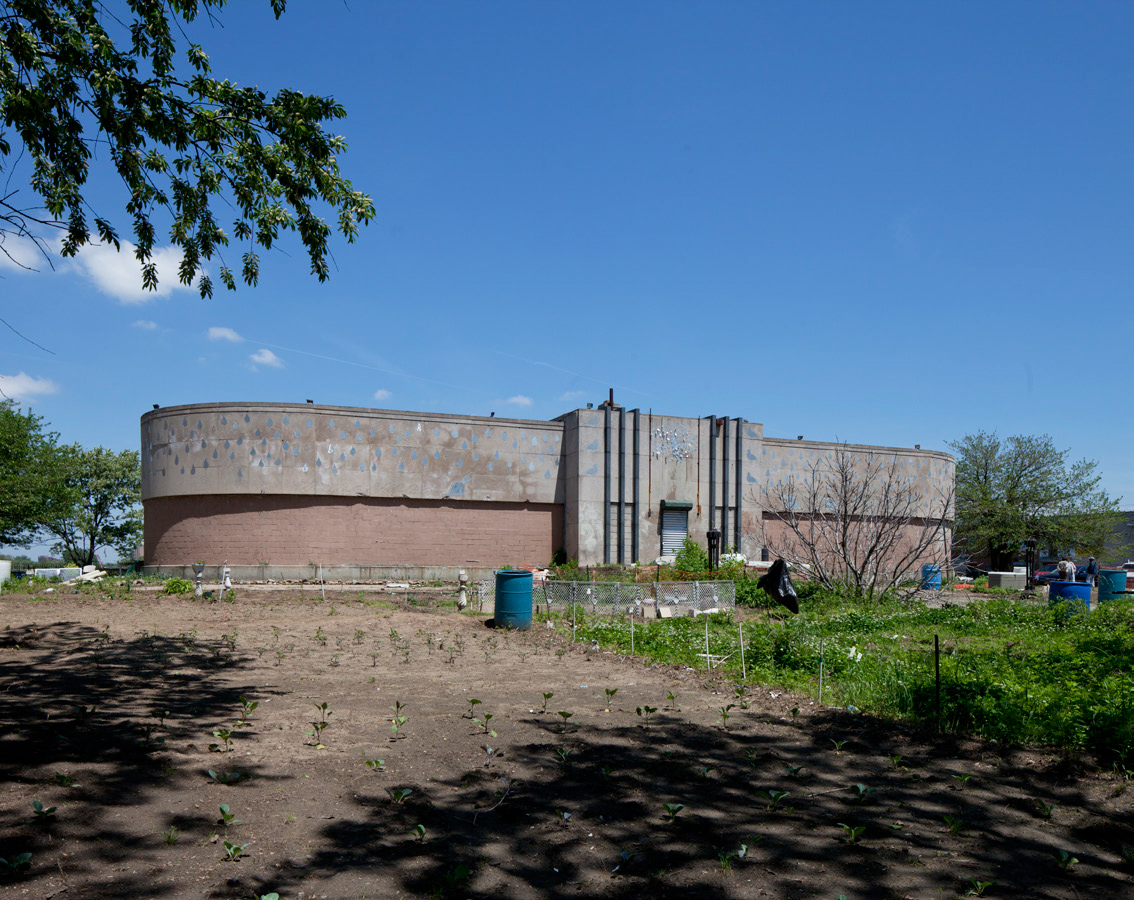


Nostalgia was once considered an illness.
This took Landmarks way too long. We lost such great architecture. In remembering the old Penn Station demolished October 1963 “We will probably be judged not by the monuments we build but by those we have destroyed”.
No one born after 1970 gives a damn about old Penn Station. Beyond this, more people of all ages are glad to go to Knicks or Rangers games than sit at home reminiscing about having two GCT-like temples to railroad. Now, 40 years later, the second-time-obsolete station needs to be rebuilt but lo and behold the post office (a post office! obsolete!) next to it is landmarked.
Very sad if true but it says a lot about the ignorance of those born after 1970 not to recognize their cities cultural and architectural history. We have lost vast areas of this city to inferior re-development and poorly planned growth. The quality of the architecture, the superiority of the materials used, the craftsmanship and skills of thousands of laborers have all been lost to those born after 1970 I presume, those more accustomed to cheap plastic and dehumanizing and characterless glass boxes. Too bad one doesn’t appreciate nor understand the value of communal gathering places like GCT are not glorified temples to railroads, a bizarrely ill-informed statement, but are valuable public treasures in an ever overcrowded city with overdeveloped and increasingly impersonal streetscapes. Our current society isn’t smart enough to recognize the loss. Instead we idolize dimwitted sports and reality stars. Sad.